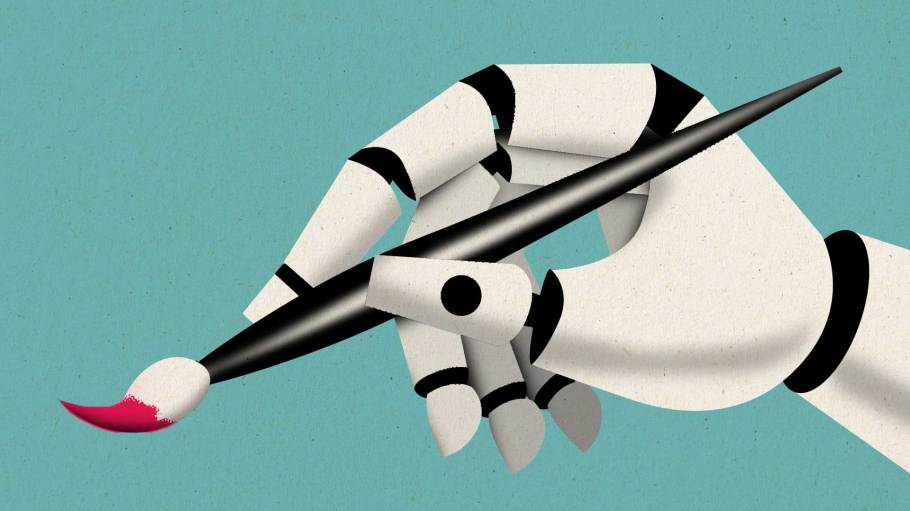Generative AI Can Aid Some Creatives, but Tools Need Controllability
Note: This article relates to the VIP+ special report “Generative AI & Entertainment Part 2,” for subscribers only.
Any generative AI retooling that occurs in film and TV production roles would likely change how many creative jobs are performed, with some skills being deemphasized or newly emphasized. A range of creative roles may find surprising new value in using various generative AI tools, suggesting new technical skills forming over time.
Likewise, in some cases, generative AI tools can be organically brought into native workflows as natural substitutes for previous tools or methods, as is the case with VFX artists adopting several of Runway’s AI video editing tools in recent years. But elsewhere, adopting an AI tool would mean adjusting a traditional workflow.
Reskilling related to AI retooling could feel dramatic — for some, more like downskilling — leading some creatives to reject AI in favor of traditional methods. Particularly in some domains, such as cel animation, writing or composing, this suggests a possible rift forming between tech-progressive creatives and traditionalists.
But even where it automates a creative task, AI isn’t automatically the best creative choice. Most notably, AI tools across image, audio and video generation may not yet offer the level of creative control and technical precision filmmakers and artists need to achieve a desired result.
Many AI systems are advancing technical capabilities to the point of enabling finer degrees of control over the output. These advances are significant. But without more precise controllability — meaning the ease and specificity with which end users can derive or manipulate the outputs of generative AI systems — AI could prove to be more, not less, difficult and constraining than traditional methods in the near term.
For example, text prompts alone may not be “expressive” enough for technical precision in audiovisual outputs, as it’s difficult to “prompt your way into” receiving the intended or most useful result regardless of a user’s descriptive or technical skill. Filmmakers in particular need intricate control over many elements to create a certain effect or convey information, directing camera movements and framing for specific shots (zooms, rotations), prescribing exact timing and pacing, responding to actors and blocking on physical sets or locations.
Creative professionals and teams will still need to intelligently assess when, why, how or even if to use AI in workflows to deliver the strongest or most desired results in creative output. Similar to designating the right tool for the right task, creatives will need some logic or rationale for using generative AI over established tools or methods.
Now, dig into the VIP+ subscriber report ...

